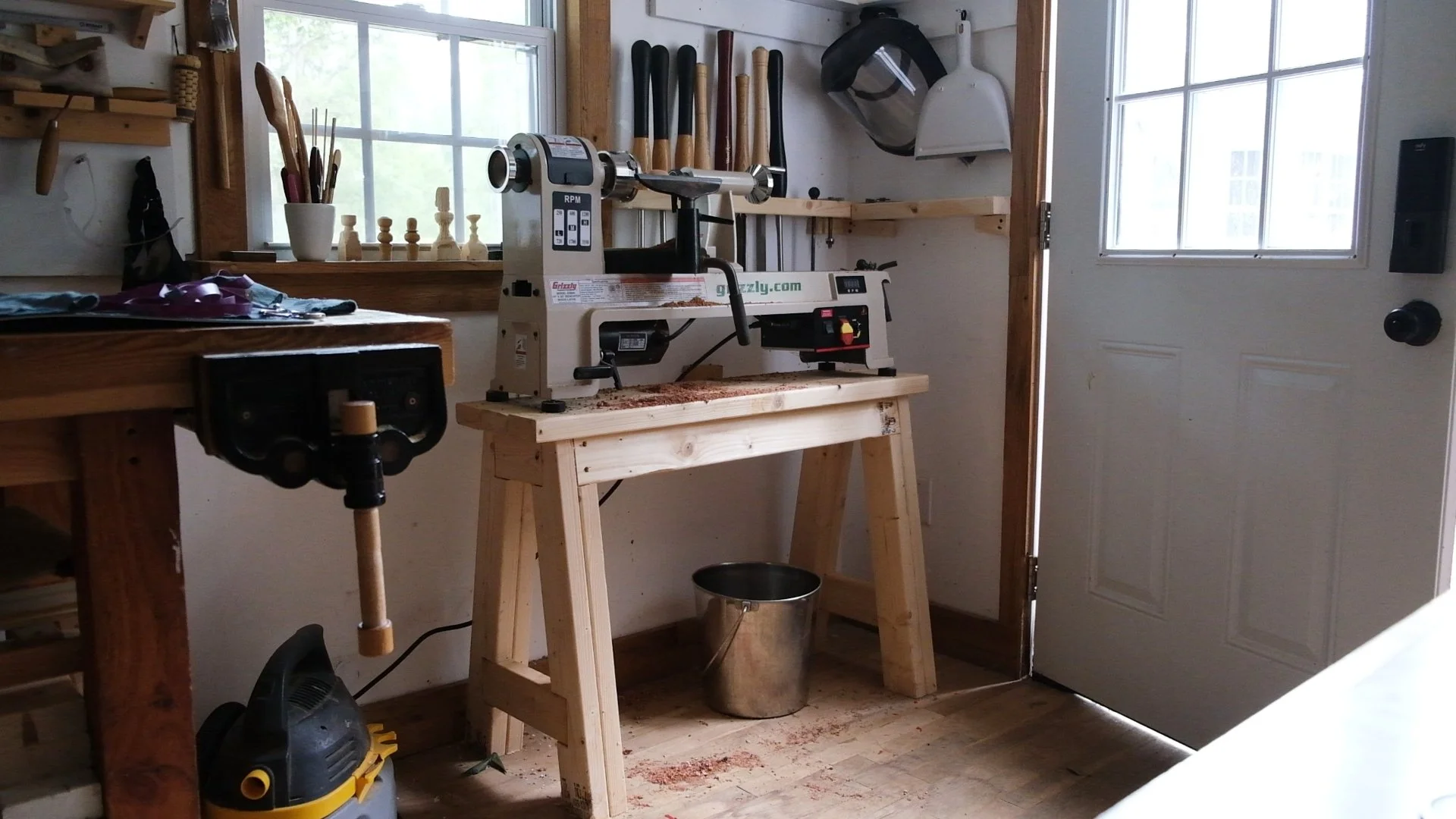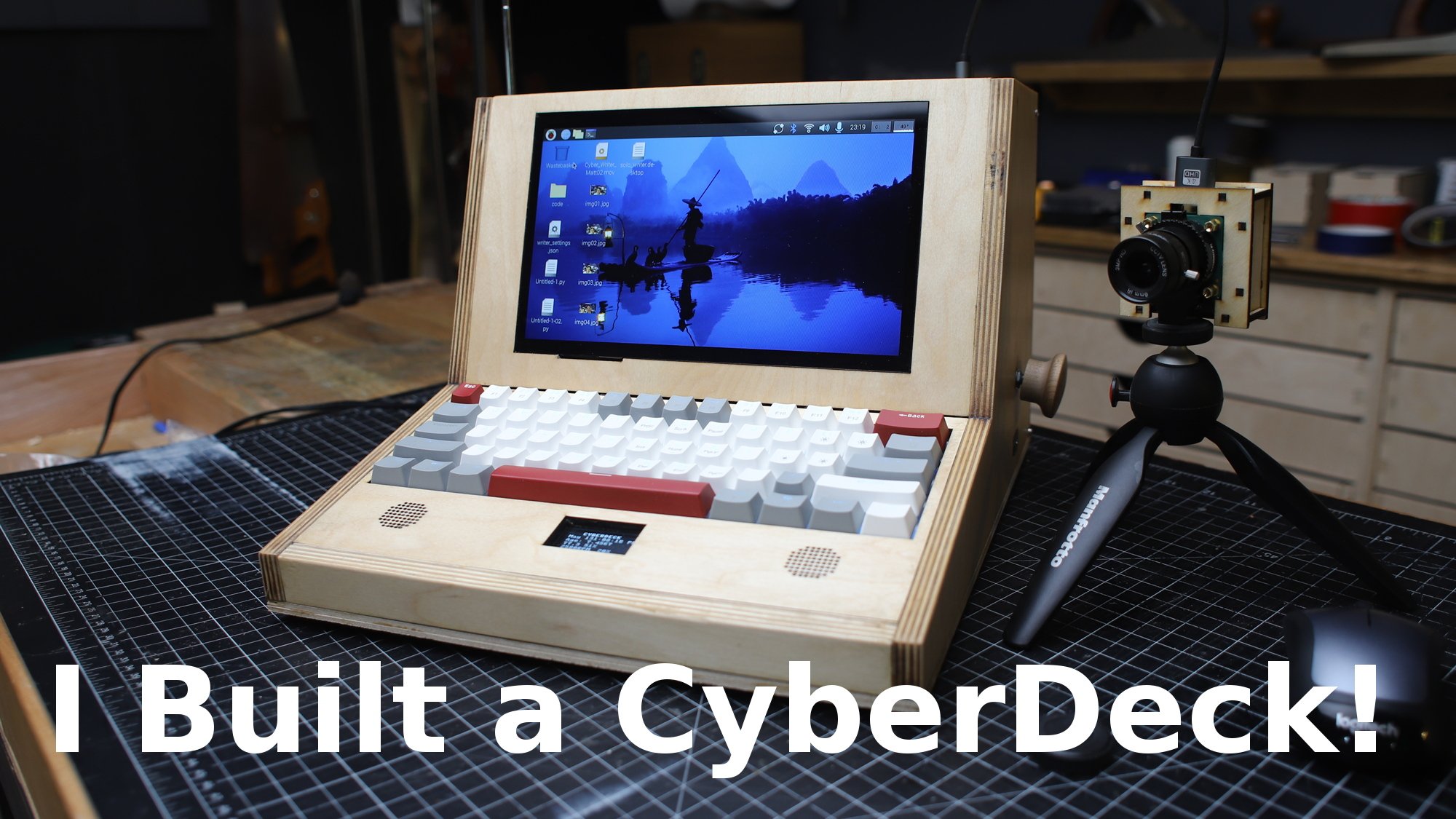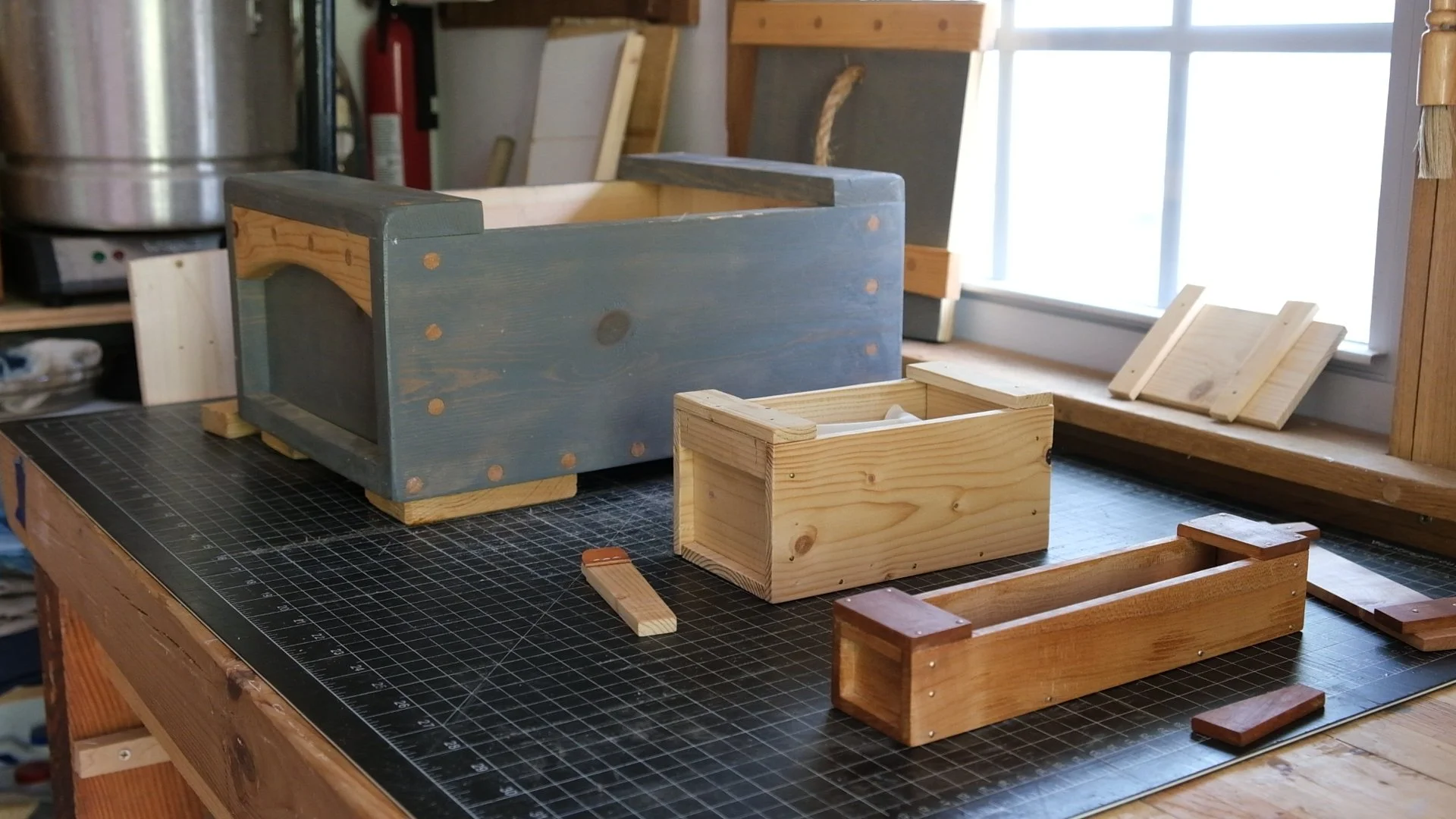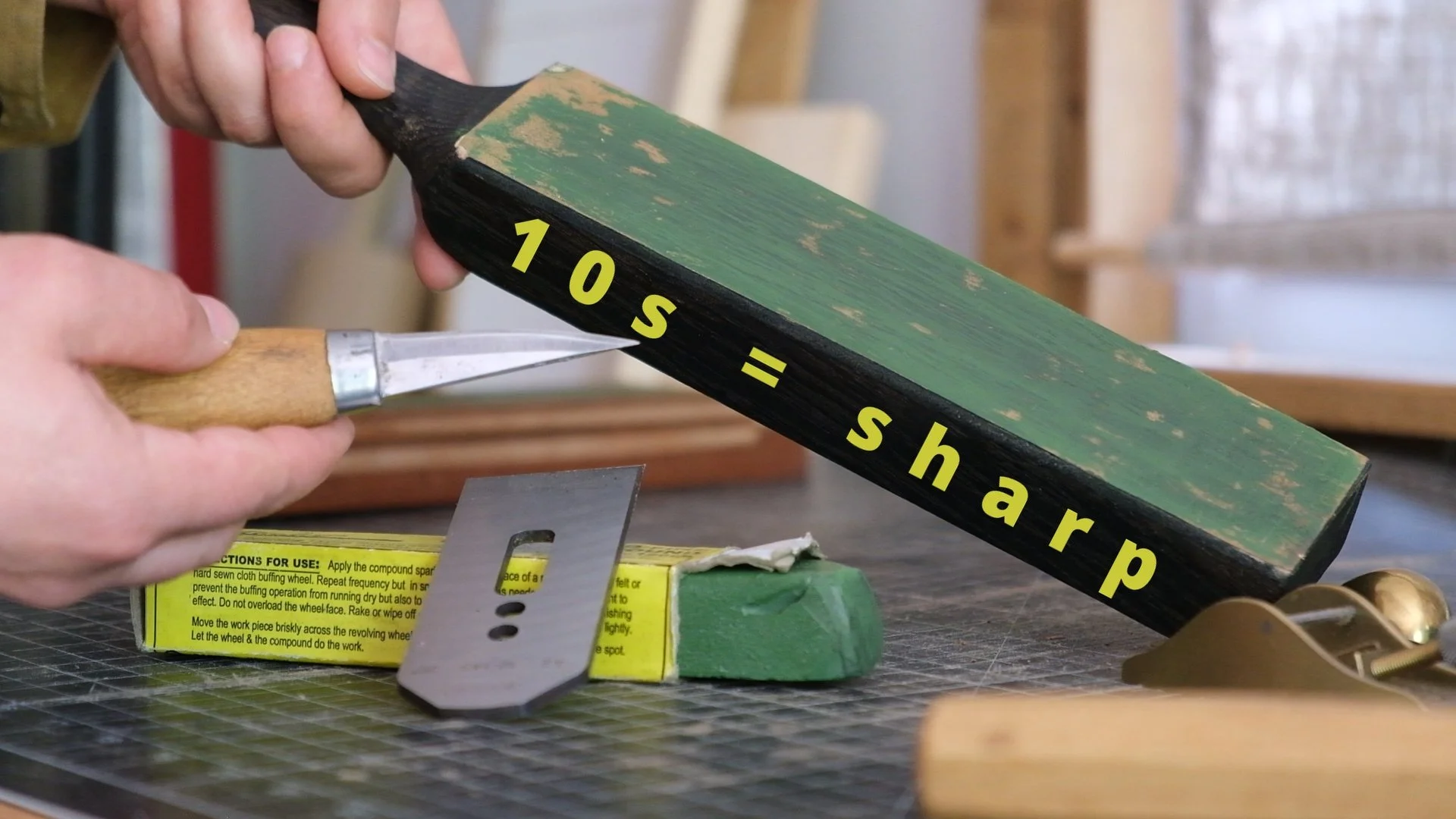Check out the blog!
One of my favorite hobbies to come back to is always bookbinding: it’s fun, relaxing, and you end up with something tactile for yourself or others. This time I decided to make some notebooks - because they’re great for gifts, and I also feel like I can never have enough!
In my tiny workshop, space is always at a premium. Recently I needed to find a home for my Grizzly G0844 bench-top lathe. Instead of buying a bulky store-bought stand, I decided to build one myself — something small, sturdy, and perfectly sized for my space. The best part? It only took about five 2x4s, some glue, and a few screws used mostly as clamps while the glue dried.
building a cyberdeck with a raspberry pi 5 and an nvme with an sdr module and a high quality raspberry pi camera.
There’s something deeply satisfying about a well-designed wooden box—especially one that doesn’t rely on hardware. That’s why I’ve built multiple versions of the Japanese toolbox, a traditional design that’s both simple and brilliant.
A neighbor was about to discard a Ryobi RM480EX riding mower, assuming it was only a dead battery issue. He demonstrated the blades still worked, but the drive wheels wouldn’t engage. I took the mower home and removed the stock lead-acid batteries. After testing, I found one cell well below voltage and opted to replace the entire pack with a 48 V lithium iron phosphate (LiFePO₄) battery.
YouTube Video: https://youtu.be/HhnOW3vln00
If you’ve ever sharpened a chisel or knife and found it didn’t quite hold its edge as long as you expected, there’s a good chance you’re missing one key step: stropping. Stropping is one of those techniques that quietly makes everything better. It doesn’t take much time, costs next to nothing, and extends the life of your edge significantly. I use it constantly—for woodworking tools, knives, even the occasional carving gouge—and I don’t know why it’s not more commonly talked about outside of professional shops.












One of my favorite hobbies to come back to is always bookbinding: it’s fun, relaxing, and you end up with something tactile for yourself or others. This time I decided to make some notebooks - because they’re great for gifts, and I also feel like I can never have enough!